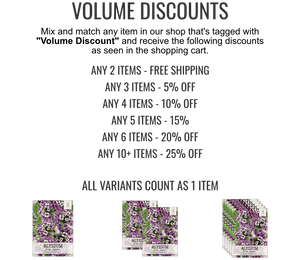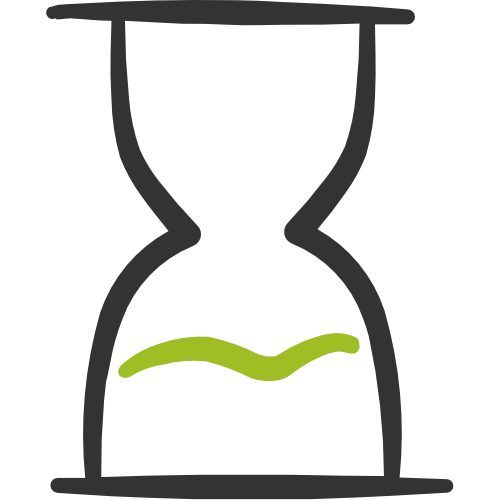Description
Grow Purple Coneflower from fresh Echinacea purpurea wildflower seeds. Purple Coneflower will attract an array of beneficial insects to the garden, such as butterflies, bumblebees, ladybugs & hummingbirds. These beautiful, heirloom flowers have been used in flower gardens & borders for decades. The plants themselves will grow to a mature height of around 24 to 36 inches tall, producing spiny, cone like centers, surrounded by gorgeous pale purple petals.
Grown as a perennial flowering plant, the Purple Coneflower will establish a deep root system in the first year of growth. After the temperature drops with the first frost, the plant life above will wilt, leaving its roots to remain alive and dormant until the following growing season, when it will emerge again. Coneflowers are a perfect choice for borders and will look great along driveways, fences and next to a garage or front entrance to your home. The flowers bloom throughout the summer months and require little care.
Echinacea Purpurea is not only a beautiful wildflower for your flower garden & borders, it is also a very versatile herb as well. Echinacea has been used for centuries, categorized as a cure all to the common cold, toothaches, burns & external sores, sore throat, psoriasis, rheumatism, stomach cramps and to counter the effects of poison ivy & snakebite. Other uses for this herb include the curing of scarlet fever, syphilis, malaria, blood poisoning, and diphtheria. Purple Coneflower is also known to improve, or boost the immune system, as well as reduce inflammation & swelling and have hormonal, antiviral & antioxidant effects.
Save The Honey Bees
Did you know that if honey bees cease to exist, that life would also cease to exist as well. Because honey bees are responsible for the pollination 1/3 of the worlds crops, if they suddenly disappeared, so would 1/3 of our food source. The Purple Coneflower is known to attract an array of beneficial insects, so it is a perfect candidate for attracting honey bees and other bumblebees to the garden. The honey bee population has been on the decline for a few years now, but we can always help by planting flowers, such as the coneflower to assist them.

















